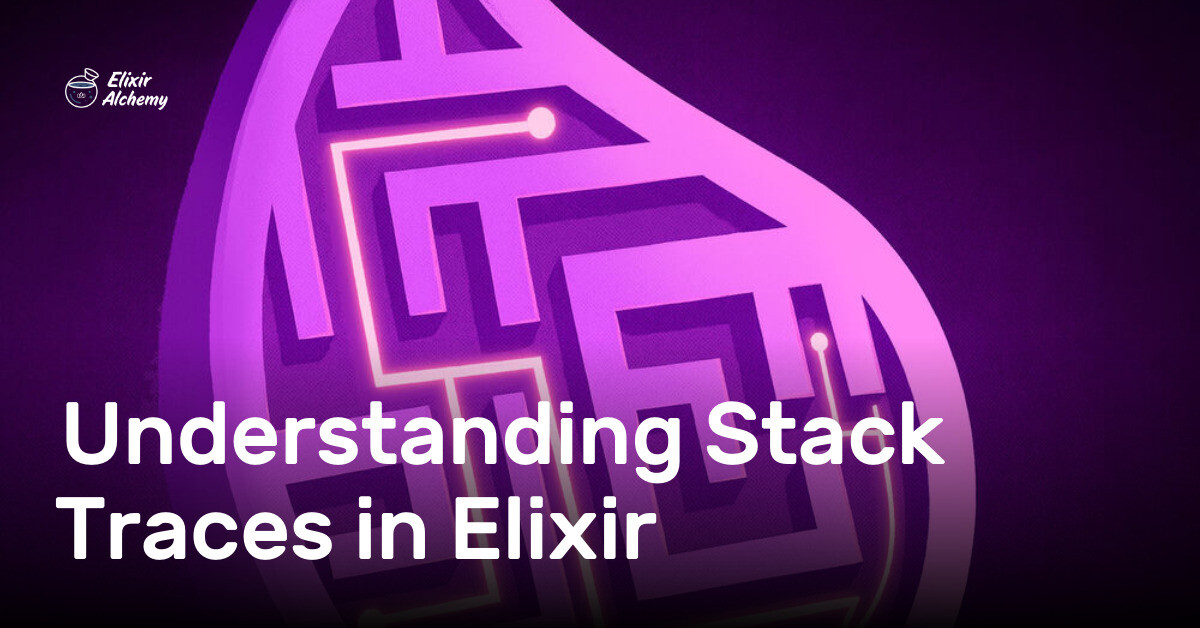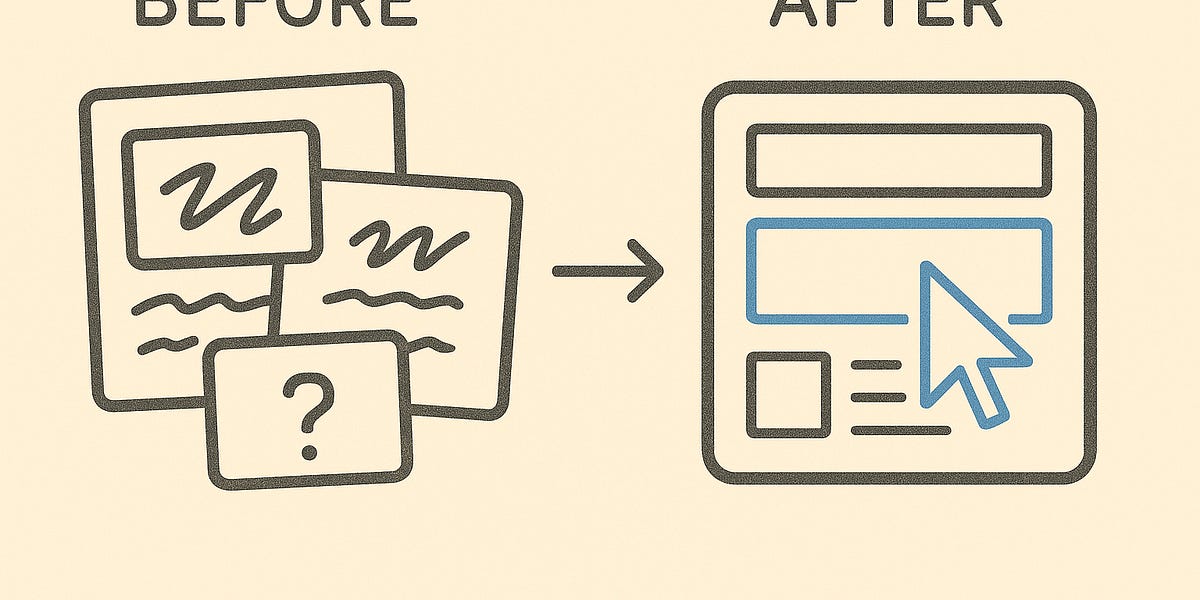
Understanding Stack Traces in Elixir
If you have spent any time working with Elixir in a production setting — or even just building a side project — you've likely encountered a stack trace. Stack traces can appear intimidating at the outset, especially since Elixir's error messages are often more detailed than those in other languages. However, they are a powerful tool for understanding what went wrong in your code.
Early in my Elixir journey, I found stack traces to be a bit overwhelming. They seemed to contain a lot of information that I didn't know how to interpret. While we have the luxury of LLMs like ChatGPT to help us understand these traces today, it's still essential to know how to read and interpret them independently.
Effective debugging is crucial when developing applications for commercial or production use. Stack traces are a key tool in your debugging arsenal, helping you quickly identify the source of an error and trace it back to its origin.
As with many other aspects of the Elixir ecosystem, stack traces are shaped by the underlying principles of simplicity, explicitness, and fault tolerance.















